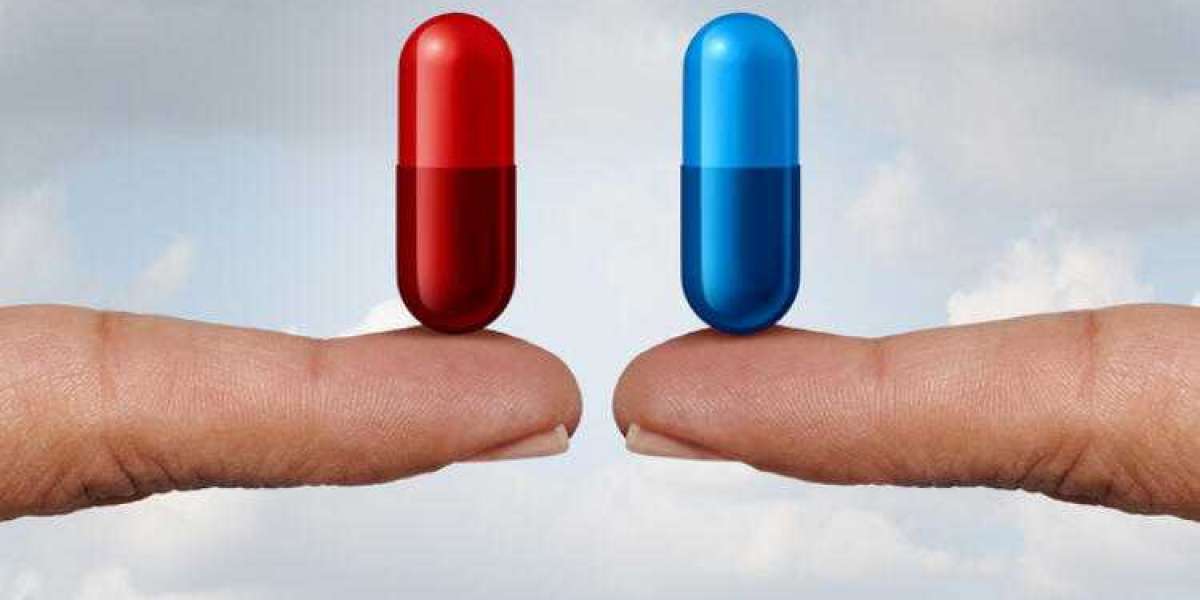Unlocking Growth Potential: Advances in Growth Hormone Deficiency Diagnosis and Treatment Offer New Hope in India
In India, where awareness about growth disorders is steadily rising, Growth Hormone Deficiency (GHD) is increasingly being recognized as a significant medical condition affecting both children and adults. This deficiency, resulting from insufficient production of growth hormone by the pituitary gland, can lead to a range of health issues beyond just short stature. Recent advancements in diagnostic tools and treatment modalities are offering new hope for individuals with GHD across the country.
Beyond Height Charts: Recognizing the Multifaceted Impact of GHD
While short stature is the most visible sign of GHD in children, the condition can manifest in various other ways, including delayed puberty, increased body fat, reduced muscle mass, and lower energy levels. In adults, GHD can lead to fatigue, decreased bone density, altered body composition, and impaired psychological well-being. Increased awareness among pediatricians and endocrinologists in India is leading to earlier recognition of these broader symptoms, facilitating timely diagnosis.
Precision Diagnosis: Leveraging Advanced Testing Methods
Diagnosing GHD involves a combination of clinical evaluation, growth monitoring (in children), and specialized laboratory tests. Stimulation tests, which assess the pituitary gland's ability to release growth hormone in response to specific stimuli, remain a cornerstone of diagnosis. However, advancements in growth hormone assays are improving the accuracy and reliability of these tests. Furthermore, genetic testing is playing an increasingly important role in identifying congenital causes of GHD, allowing for more precise diagnosis and personalized management strategies. Access to these advanced diagnostic facilities is gradually expanding in major cities and specialized centers across India.
Treatment Advancements: Expanding Access and Improving Convenience
The primary treatment for GHD involves the administration of synthetic human growth hormone (rhGH) through daily subcutaneous injections. While effective, the daily injection regimen can be a burden for patients and their families, particularly in the long term. Recent years have witnessed the introduction of longer-acting growth hormone formulations that require less frequent injections, such as weekly or even bi-weekly options. These longer-acting therapies are showing promise in improving patient adherence and quality of life.
Efforts are also underway to improve access to rhGH therapy in India. While traditionally expensive, increased local manufacturing and government initiatives are gradually making treatment more affordable for a larger segment of the population. Awareness campaigns and support groups are also playing a crucial role in connecting patients with resources and providing emotional support.
The Importance of Early Intervention and Lifelong Management
Early diagnosis and intervention are critical, especially in children, to maximize their growth potential and mitigate the long-term health consequences of GHD. However, GHD can also persist into adulthood or develop later in life, often as a result of pituitary tumors or their treatment. Recognizing and managing adult GHD is becoming increasingly important, with studies demonstrating the benefits of rhGH therapy in improving energy levels, body composition, and bone health in affected adults. Lifelong management and regular monitoring by endocrinologists are essential for individuals with GHD.
Future Directions: Towards Personalized and Patient-Centric Care
The future of GHD management in India is likely to focus on more personalized and patient-centric approaches. This includes tailoring treatment regimens based on individual growth response, IGF-1 levels, and overall well-being. Research into novel delivery methods for growth hormone, such as oral formulations or depot injections with even longer durations of action, could further improve patient convenience. Continued education and awareness initiatives are crucial to ensure that individuals with GHD in India receive timely diagnosis and access to appropriate and effective treatment, enabling them to lead healthier and more fulfilling lives.



